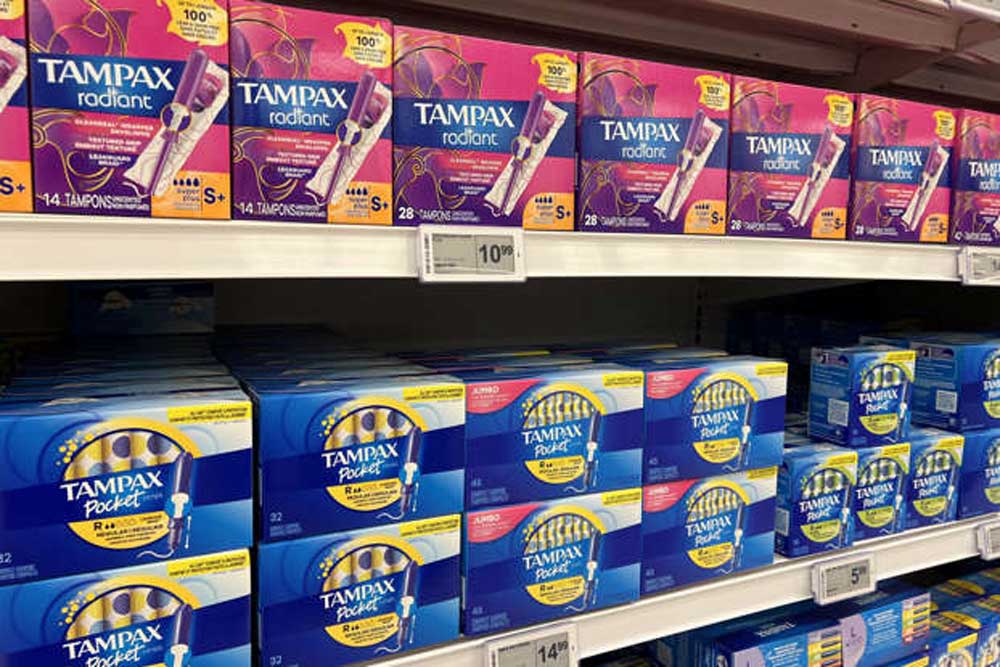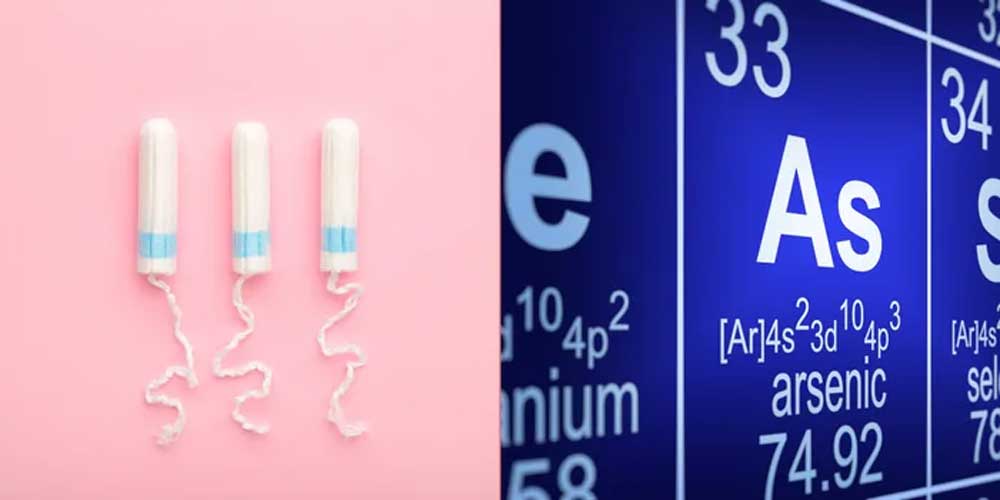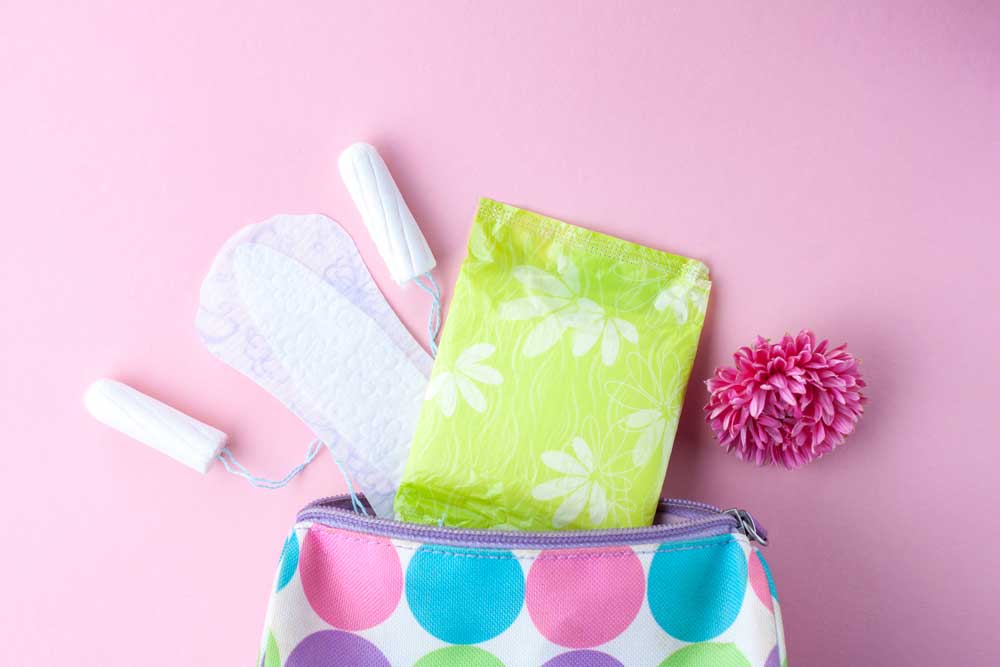A recent study has found several harmful elements, including lead and arsenic in tampons that are commonly used in the US and Europe, raising concerns about menstruation products.
Tampons are basically cotton/rayon/viscose plugs that are inserted vaginally to absorb and hold menstrual blood. Their usage in the United Sates is estimated to be between 52 to 86 per cent, whereas in India, the market for period products is dominated by sanitary pads/napkins. However, other products—such as menstruation cups and tampons—are also becoming more popular, particularly among urban Indian women.

The University of California, Berkeley conducted the study which examined 60 tampon samples from 14 different brands to determine the presence of metals in them. The products were bought from US, UK, and Greece retailers in addition to two major online retailers. The quantities of arsenic, barium, calcium, cadmium, cobalt, chromium, copper, iron, manganese, mercury, nickel, lead, selenium, strontium, vanadium, and zinc were measured through further analysis. According to the study, all 16 of the evaluated metals had detectable quantities.

Lead was found in every tampon examined, and all 16 elements were found in at least one sample, although there are no brand names mentioned in the report. The deleterious consequences of heavy metals on human health are well researched and encompass a broad range of ailments, such as impairment of the neurological, endocrine, and cardiovascular systems; damage to the liver, kidneys, and brain; elevated risk of dementia and cancer; and harm to the health and development of the foetus. The presence of chemicals in tampons has not received much attention, despite the significant potential for health concerns.

Tampons are classified as organic or non-organic based on variation in their metal content. Lead concentrations were found to be higher in non-organic tampons while arsenic was higher in organic ones. Compared to the non-organic ones, the organic ones had higher levels of arsenic but lesser lead. Does that mean one ought to discard every tampon they own?
According to the study, there are multiple ways that metals could enter tampons. They may occasionally be purposefully added to raw materials like cotton and rayon during manufacturing—either as an antibacterial agent, pigment, or to regulate odors. During production, these materials could also be polluted by water, air, or soil.

When one starts to examine the kind of chemicals that are found in the human body, the reality is that we seem to be literally swimming in chemicals. However, we must acknowledge that these substances are present in all environments in trace amounts. And truth be told, there is ‘no safe exposure level’ to lead.
This comes as no surprise as studies on this matter and reports drawn earlier have shown potentially dangerous compounds in tampons and other menstruation products, such as period panties. The authors of the study estimated that women use more than 7,400 tampons over the course of their reproductive years, with each tampon staying in the vagina for several hours at a time.
Image source: Komonews, Cloudfront, Maized